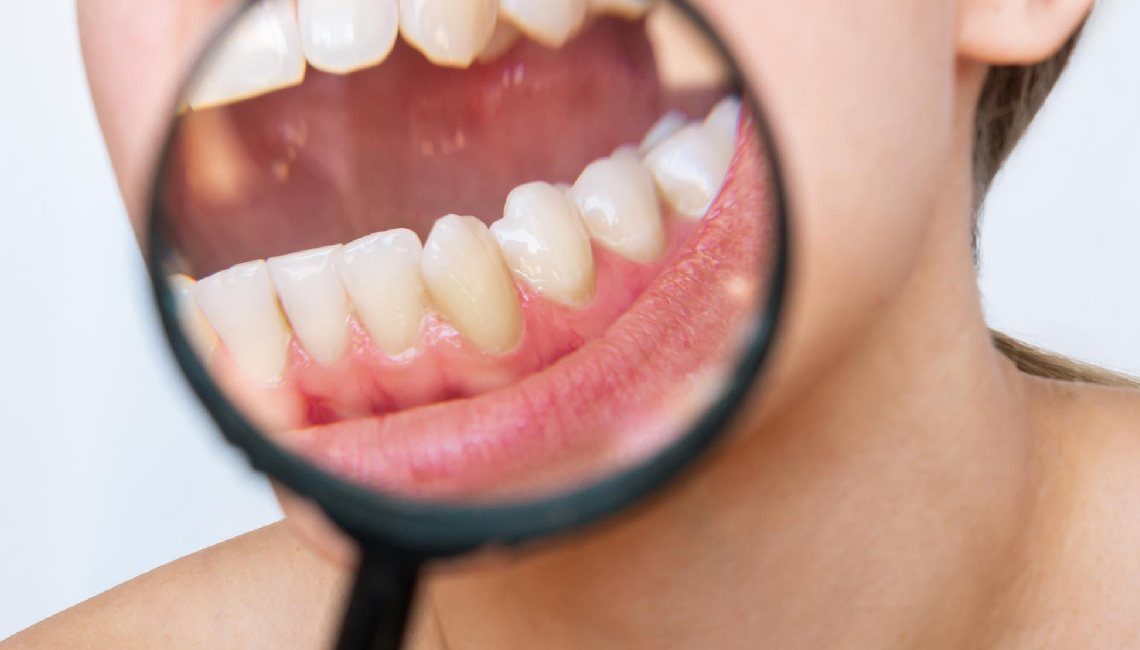

West Mambalam

Periodontal (gum) diseases such as gingivitis and periodontitis are infections that must be treated as they can result in tooth loss if ignored. They arise when the bacteria in plaque causes the gums to become irritated. Gingivitis is the lesser of the two and, while causing little discomfort, can be identified when your gums become red, swollen, and bleed easily. Left untreated, gingivitis can develop into periodontitis where plaque spreads and grows underneath the gum line and the toxins produced by the bacteria irritate the gums. Gums become detached from the teeth and form infected pockets which develop as the disease progresses, destroying gum tissue and bone which, in turn, causes teeth to become loose and require extraction. Inadequate oral hygiene is often the cause of gingivitis but it is reversible with proper dental treatment and good oral attention at home. Non-surgical treatment includes scaling and root planing (cleaning of the root surfaces), antimicrobials and host modulation. If the tissue around your teeth is not responding effectively to non-surgical treatment, you will need periodontal surgery to correct this. Regular visits to a dentist will make sure your teeth are professionally cleaned and scaled, which will help avoid gum disease. Gum disease is an inflammation of a tissue that can affect anyone. It can be caused by many things, including plaque bacteria, acids, foods, incorrect teeth cleaning, and gum care. Visiting our gum care every six months for professional cleaning and scaling is one of the best preventative measures you can take against this disease. In this way, you will have your gums and supporting bones protected before the worst happens. Our well-qualified dentists are capable of minimizing the risk of inflammation through two common methods – root planing and dental scaling.
Our opening hours are longer than many other practices, and we do our best to accommodate same-day appointment.